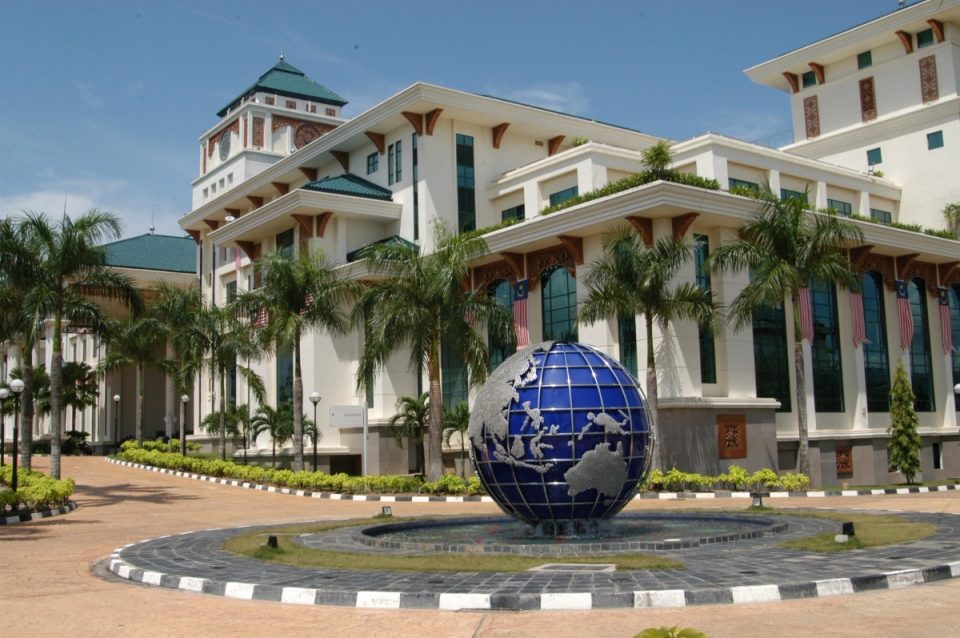PUTRAJAYA, June 21 — The Ministry of Foreign Affairs today clarified the misconceptions and false allegations regarding the demarcation of the Strait of Malacca and the Sulawesi Sea between Malaysia and Indonesia concerning the territorial sea boundary of both countries.
The ministry, in a statement, mentioned the demarcation in question was carried out by taking into account the views of maritime experts from the ministry and involving the following core agencies — National Security Council (MKN), the Attorney General’s Chambers of Malaysia, the Department of Survey and Mapping (JUPEM), and the National Hydrographic Centre (PHN).
“The demarcation of the (treaties of) Strait of Malacca and the Sulawesi Sea has been agreed upon, taking into consideration the elements of a mutually achievable resolution using principles of maritime boundary delimitation based on legal and technical justifications to address maritime boundary issues.
“The demarcation of both treaties represents a milestone for Malaysia and Indonesia. It is the result of 18 years of negotiations involving technical, legal, economic, and diplomatic aspects between the two countries,” read the announcement.
The statement addressed the misconceptions and false allegations regarding the signing of the two treaties on June 8 at Seri Perdana, Putrajaya, despite the clarification provided by Prime Minister Datuk Seri Anwar Ibrahim during the Prime Minister’s Question and Answer session in the Dewan Rakyat on June 13.
According to the statement, the last demarcation between Malaysia and Indonesia was 53 years ago, specifically with the Agreement between the Republic of Indonesia and Malaysia concerning the Delimitation of the Territorial Sea of the Two Countries in the Strait of Malacca (1970 Treaty).
The statement added that once in effect, the treaties (including the one on the Sulawesi Sea) will provide clarity in terms of sovereignty and jurisdiction, enabling both countries to carry out law enforcement activities in their respective maritime areas more effectively.
Furthermore, economic activities and development such as fisheries, exploration, and capitalisation of marine resources within the maritime zone can be conducted in a more organised and secure manner.
“The signing of these treaties is hoped to further enhance the confidence of both countries (Malaysia and Indonesia) to continue negotiations on unresolved maritime boundary delimitations, especially in the Exclusive Economic Zone (EEZ) and continental shelf,” it said.
The treaties (on the Strait of Malacca and the Sulawesi Sea) contain provisions concerning the territorial sea boundary between Malaysia and Indonesia.
“In general, the territorial sea is a part of the sea that is adjacent to the coastal areas and does not exceed twelve (12) nautical miles measured from the coastline.
“These straits do not cover Malaysia’s EEZ and continental shelf, which are areas that extend beyond and adjacent to Malaysia’s territorial sea, extending up to 200 nautical miles,” said the ministry.
Furthermore, the Strait of Malacca demarcates the boundary line between Malaysia’s territorial sea and Indonesia’s territorial sea in the southernmost region of the Strait of Malacca.
“The boundary line connects Points 8A, 8B, and 8C as an extension of Point 8, which is the endpoint of the agreed boundary line between both countries on March 17, 1970, in Kuala Lumpur.
“The establishment of the maritime boundary line agreed upon through the Strait of Malacca Treaty does not involve the area of Tanjung Pelepas Port and ship-to-ship transfer areas.
“The maritime boundary line is also located beyond three (3) nautical miles from the coastline of the state of Johor,” it said.
Meanwhile, the ministry said the Sulawesi Sea treaty establishes partial boundaries of the territorial sea between Malaysia and Indonesia in the Sulawesi Sea, based on a boundary line connecting Points M, B1, B, C, and P.
This boundary does not complete the full breadth of the territorial sea between both countries in that area as there is still a gap in the territorial sea boundary line from the low water line, specifically from the eastern coast of Pulau Sebatik to Point M.
“At the same time, there is also a gap from Point P towards the area of the EEZ where the boundary in that zone has not been finalised between both countries,” stated the announcement.
Malaysia and Indonesia are committed to continuing negotiations to bridge the gap from the low water line to Point M, as well as to establish the boundary line from the low water line to the East Pillar (intertidal area) as a comprehensive land boundary between Malaysia and Indonesia by no later than June 2024.
The Sulawesi Sea Treaty, signed on June 8, 2023, does not involve maritime boundary delimitation in the EEZ and continental shelf between Malaysia and Indonesia.
“In other words, the treaty does not cover the areas referred to by Malaysia as Block ND6 and Block ND7, or referred to by Indonesia as Ambalat.
Therefore, the claims made by certain parties are unfounded,” it said.
Both leaders of Malaysia and Indonesia have tasked their respective maritime boundary negotiation teams to commence discussions as soon as possible for the maritime boundaries that have not been finalised.
“It is important to clarify that just as the maritime boundary line in the southernmost region of the Strait of Malacca does not involve the limits of Tanjung Pelepas Port, the boundary line established under the partial boundaries of the Sulawesi Sea does not involve the limits of the port of Tawau,” the ministry said.
— Bernama





